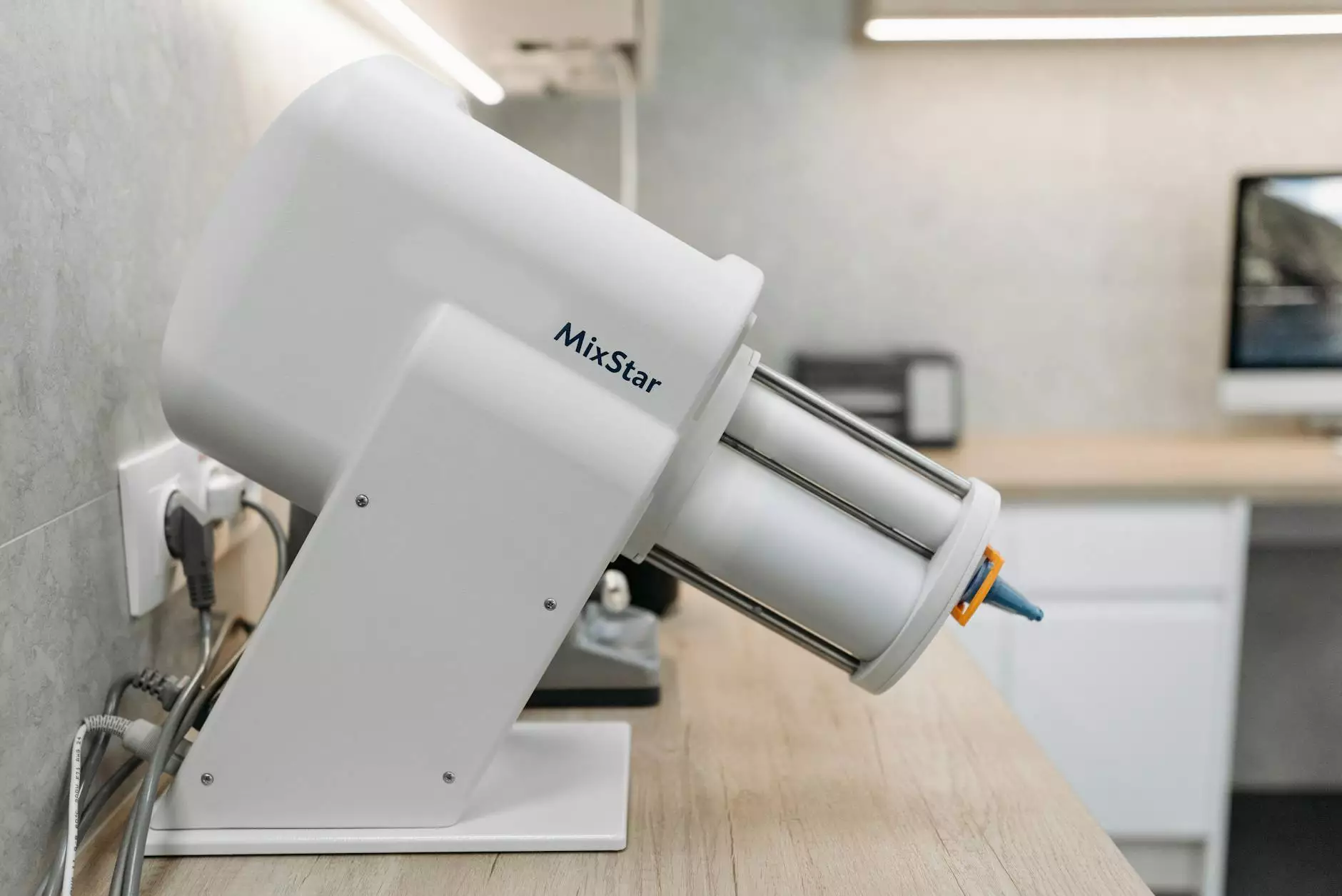The Risks of Having a Hysterectomy: A Comprehensive Guide

In the realm of women's health, hysterectomy stands out as one of the most common surgical procedures performed. It's essential to understand the implications of this surgery, especially the risks of having a hysterectomy. This article aims to provide an in-depth look at the procedure, its risks, recovery, and alternatives to help empower women to make informed decisions about their health.
What is a Hysterectomy?
A hysterectomy is a surgical procedure that involves the removal of the uterus. It may also include the removal of the cervix, ovaries, and fallopian tubes, depending on the specific medical indications. There are several types of hysterectomy:
- Total Hysterectomy: Complete removal of the uterus and cervix.
- Subtotal Hysterectomy: Removal of the uterus while leaving the cervix intact.
- Radical Hysterectomy: Removal of the uterus, cervix, surrounding tissues, and sometimes the ovaries and fallopian tubes.
Reasons for Hysterectomy
Women may require a hysterectomy for various medical reasons, including:
- Uterine Fibroids: Noncancerous growths that can cause heavy bleeding and pain.
- Endometriosis: A painful condition where tissue similar to the uterine lining grows outside the uterus.
- Uterine Prolapse: A condition where the uterus slips into the vaginal canal.
- Hyperplasia: Thickening of the uterine lining, which can lead to cancer.
The Risks of Having a Hysterectomy
While hysterectomy can offer significant health benefits, it is crucial to be aware of the potential risks of having a hysterectomy. These risks can be categorized into short-term and long-term complications.
Short-term Risks
Short-term risks are those that may occur during or immediately after the procedure. They include:
- Infection: Surgery can introduce bacteria into the body, leading to potential infections.
- Bleeding: Excessive bleeding can occur during or after the surgery, requiring additional medical intervention.
- Anesthesia Complications: Adverse reactions to anesthesia, although rare, can happen.
- Damage to Surrounding Organs: There's a risk of injury to surrounding organs such as the bladder, ureters, or bowel during surgery.
Long-term Risks
Long-term risks may manifest after recovery and can have a lasting impact on a woman's health:
- Hormonal Imbalance: If the ovaries are removed, women may experience hormonal changes leading to menopause symptoms.
- Changes in Sexual Function: Some women report altered sexual function or discomfort after the surgery.
- Emotional Changes: There can be psychological effects, including feelings of loss, depression, or anxiety.
- Increased Risk of Other Health Conditions: Research suggests a connection between hysterectomy and increased risk of cardiovascular diseases, osteoporosis, and certain cancers.
Recovery After Hysterectomy
Recovery time after a hysterectomy can vary depending on the surgical approach (abdominal, vaginal, or laparoscopic) and the individual's overall health. Generally, the healing period can last from a few weeks up to several months. During recovery, patients should be aware of:
- Post-operative Care: Adhering to the doctor's advice regarding wound care, medications, and activity levels.
- Follow-up Appointments: Essential for monitoring healing and addressing any complications.
- Emotional Support: Seeking support from friends, family, or mental health professionals as needed during the recovery process.
Alternatives to Hysterectomy
Before opting for a hysterectomy, it is advisable to explore alternative treatment options that may address the underlying health issues:
- Medications: Hormonal therapies or pain relief medications may help manage symptoms related to conditions like endometriosis or fibroids.
- Uterine Fibroid Embolization: A minimally invasive procedure used to treat fibroids without surgery.
- Endometrial Ablation: A procedure that destroys the lining of the uterus to reduce or eliminate heavy menstrual bleeding.
- Watchful Waiting: In some cases, monitoring the situation without immediate surgical intervention may be appropriate, especially for mild symptoms.
Making an Informed Decision
Deciding to proceed with a hysterectomy is significant and should be made after thorough discussions with a healthcare provider. It is crucial to weigh the potential risks of having a hysterectomy against the benefits of the procedure in alleviating symptoms or treating medical conditions. It is also essential to consider personal values, lifestyle, and future reproductive plans.
Conclusion
In conclusion, hysterectomy is a major surgical procedure that can provide relief from various gynecological conditions. However, understanding the risks of having a hysterectomy is vital for women considering this option. By informing themselves of the potential complications and discussing their concerns and options with healthcare professionals, women can make empowered choices about their health and well-being.
For further information and personalized advice, consult with specialists at drseckin.com, who are dedicated to providing care tailored to women's health needs.









